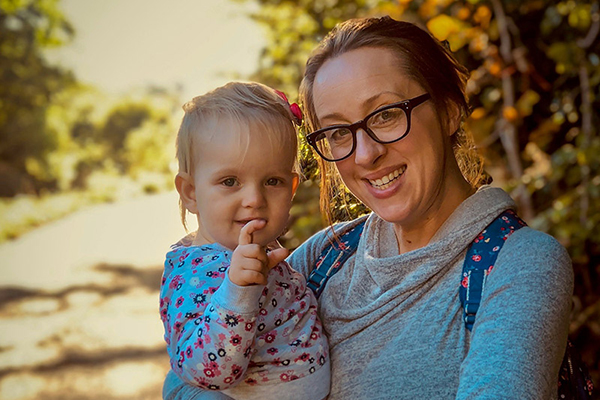Our Built Environment Is One of the Biggest Influences on Our Lives
A guest blog from mum-of-one Netty Turner
I don’t know when it happened, but at some point in living history our streets, homes and communities changed. At an almost imperceptible rate something happened that made neighbours close their doors, segregated young from old, stopped kids playing on street corners, and made our communities a place where people could exist just inches from each other yet never get the chance to say a passing hello. We remain anonymous. Ghosts behind curtains.
This in itself gives rise to a whole host of problems that many smart people expend serious time, energy, and money trying to solve. Trying to take us back to a golden age of chats over garden fences, mums calling kids in for their tea, keeping an eye out for each other, and spending light nights sitting on front doorsteps, cup of tea in hand. The fact is though, these things can’t be retrofitted. You can’t force neighbourliness and friendships. They’re the organic result of good design.
The reasons behind this tectonic shift in society are complex. Whilst we can’t necessarily establish direct cause and effect, what we can say is that somewhere several years before it began, discussions were had, decisions were made, and policies laid out that paved the way for this unfriendly future.
Someone decided it was a good idea to put older people together in closed communities, out of sight and out of mind of the rest of society. Now we fight the problem of chronic loneliness in the elderly. Someone decided to build homes that looked out onto car parks and roads instead of parks and paths then wondered why we see less play and fewer people walking. Now we fight the problem of inactivity and the diseases that result. Someone decided that kids congregating was intrinsically bad, and that signs of no ball games and keep off the grass were the best way to control the very natural desire to run and play. Now we fight the problem of anti-social behaviour, childhood obesity, and kids hooked on screens. We pushed young people out, we put older people away, we polarised our communities and created tension and fear. We’ve created unnatural patterns of living that deprive us of the things that make us human. Like ducks out of water, our built environment is at odds with our instinctual need to be together; families, friends, and communities at work, rest and play.
But what else? We prioritised the daily grind of the commute and surrendered our neighbourhoods to the car. We planned our towns and cities around work, work, work, and seem to care less and less about rest and play. We forced people off their bikes and feet and into cars, filling our air with particulates from idling traffic, clogging our roads, our school gates, and our lungs; making our places hostile and unwelcoming for pedestrians. In doing so we hushed our streets, making them feel lonely and unsafe. We pushed people further indoors, into homogeneous homes that tick boxes. A one look fits all nation of Privet Drive developments. So what went wrong with building and planning at that pivotal point in history? We stopped putting people first.
Our built environment is one of the biggest influences on our lives, as individuals and as communities. It’s time to look again and ask how we can make the decisions in the here and now that will change this bleak trajectory. Let’s plan homes that let us simply be more human.

